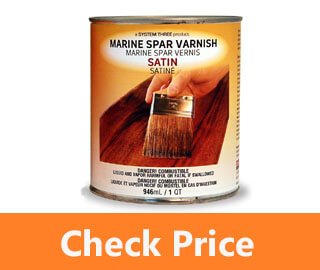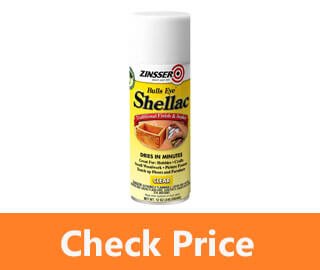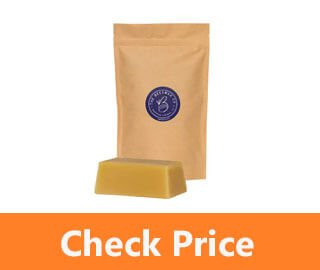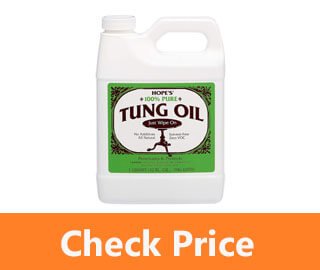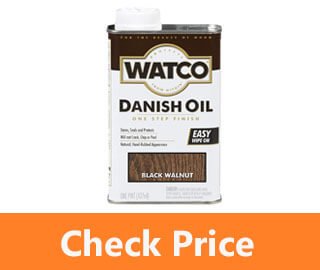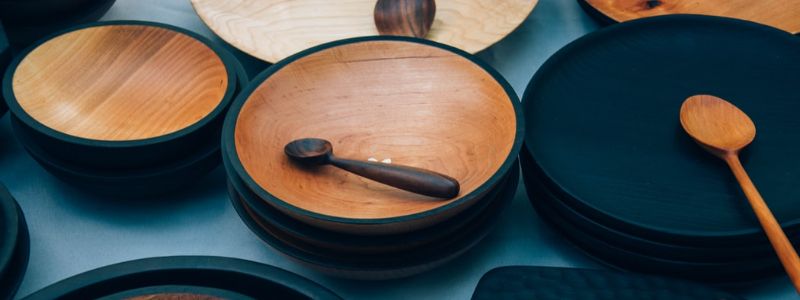
Finding and using the right food-safe wood finish is necessary for carpenters. However, many of them contain toxic drying agents dangerous to health. On the contrary, there are some non-harmful alternatives as well.
The demanding ones are always easy to apply, non-toxic, water-resistant, and food safe. So, such alternatives are always available that consistently meet all the abovementioned criteria.
So, it is always necessary for time and carpenters to use those food-safe wood finishes that are applicable in the best possible ways. Well, there are the five best wood finishes I will tell you about. You will get the best products, but there are some essentials you need to know before purchase;
There are four different types of projects you need to consider while using a food-safe wood finish:
- Utensils
- Cutting boards and butcher blocks
- Furniture like tables, counters, etc.
- Toys
Is anyone planning to use a safe wood finish for the above four categories? They really need to consider using a food-safe wood finish.
Before getting started, let me tell you that all food-safe wood finishes are not the same. They differ from each other, and all may not be pure. Some contain solvents, thinners, dryers, metal compounds, and other wood-finishing ingredients. You need to read all the labels carefully and follow the instructions on the container.
Five Best Wood Finishes:
1. Spar Varnish
If you want to get the best food-safe finish, then you should think of this product. It not only protects the wood but beautifies it at the same time. You would find it useful for both interior and exterior surfaces.
It is a UV-protected varnish that stays flexible after it cures. The better part is that it is easy to use and clean. It is the best outdoor furniture varnished as it easily stands in extreme weather conditions.
2. Shellac
That is the right product if you want something compatible with all clear wood finishes. The product has water-like consistency; it is easily applied with a brush. Moreover, you can easily use de-waxed shellac as a sealer/base coat.
The product thus adds excellent value and is ideal for sealing all sorts of interior wood, including floors. Amazingly, it dries fast and can be sanded or recoated in minutes. Moreover, it does not fade with age. It comes with super easy cleanup and easy use. However, it does not repel water which may be a bit inconvenient.
3. Beeswax
Beeswax is honey-scented and chemical-free, which makes it very popular. It is a widespread practice to use this as a finish and polish for wood. The usage is easy; you only need to melt it and start.
However, it provides quite a fantastic look to the wood with extreme protection. As it is non-toxic, so one can easily rely on this product. Similarly, it gives a warm and aesthetic look to where it is applied. With a divine smell, the beeswax provides you every reason to go for it.
4. Pure Tung Oil
It is easy to use natural oil that provides a fantastic hand-rubbed finish for all fine woods. You only need to wipe it on and allow the oil to cure at room temperature. It penetrates the timber and becomes a part of it. You will get a flexible non-oily solid surface & provides a fairly matte finish.
On the other hand, it has high moisture protection and resistance to alcohol, oil, and other substances. It produces excellent results on all kinds of surfaces, including wood, worn wood, stripped wood, concrete floors and worktops, and even brick, stone, and cast iron.
5. Walnut Oil
It is a non-toxic and water-resistant finish that you can apply to decoration pieces and other similar items. It is beneficial for optimal protection and protects from alcohol and other liquids.
One needs to mix it up with mineral oil and finish the work. Thus, walnut oil provides unique shine to your utensils, salad bowls, butcher blocks, and wooden knives, etc. it is safe for health and is a multi-purpose oil for your furniture.
In short, it is perfect for all wood as it absorbs and penetrates quickly into wood pores. The oil dries fast, providing smooth, shiny wooden surfaces. Thus, it is the best oil as it is chemical-free.
These were some of the best finishes that you may need. However, it would be best to decide which food-safe wood finish you require. You need to see whether you need penetrating oil or a standard surface sealer.
Difference Between Penetrating oil and Surface Sealer:
The difference between the two is quite apparent but let me tell you in more detail for those who don’t know. Penetrating oil finishes have the quality to soak down deep in the wood and stay inside. It thus gives the wood a natural, smooth, and more natural look. Likewise, their protection level is also low.
On the flip side, Surface sealers don’t penetrate the wood. It remains on the surface of the wood providing maximum protection to the wood. It requires more effort for its application but provides added protection to the wood. So, if you are considering applying food-safe wood finishes to projects prone to wear and tear and physical damage, you need to go for surface sealer finishes. On the contrary, you can rely on penetrating oils for projects like toys, decorations, and others. They give it an excellent satin finish, and these items don’t need high protection either.
Drying vs. Non-Drying oil finishes:
Oil finishes are further of two types, i.e., drying and non-drying finishes. A drying penetrating oil, when cured, turns solid. When it comes in contact with oxygen, the curing process begins. Whereas non-drying oil stays wet and gets transferred to whatsoever it gets in touch with. Meanwhile, it requires certain re-application as it is washed off with time.
Method To Apply Oil Finish
If you apply drying or non-drying oil finishes, you need some essential tools. Get yourself lint-free rags and proper gloves. Apply oil either on the rag or wood surface. Spread it all around and rub. Allow it to soak for some 7 to 10 minutes and then wipe off the coats that didn’t soak in. moreover, you can apply extra coats once the previous one gets dried. However, this was just a simple way of using an oil finish but make sure to read all the instructions that come with the finish.
Why You Need To Apply a Wood Finish:
Two things are necessary when making furniture, i.e., building and finishing. So, the finishing is needed to transform the wood. The wood gets damaged with time losing its aesthetic side as well. It would help if you had a proper food-safe wood finish to give your utensils, toys, and other wooden items a new look. Moreover, the finishes are protective and add to the wood’s longevity. It mainly protects the wood from dirt and moisture. Aesthetically, it is obvious you get rid of the dull and damaged look of the wood after applying a good finish. The wood gets a wholly new and pleasant look.
Conclusion
So, now you are familiar with many food-safe wood finish products that are reliable and extraordinary. We have listed all the best options to make woodworking safe and secure. Get them and give them a try to see which one is most liked by you. So far, so good.
